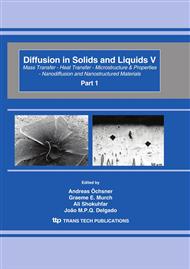p.1389
p.1395
p.1400
p.1408
p.1414
p.1420
p.1426
p.1432
p.1439
A Mathematical Model for the Estimation of the Energetic Potential for Several Renewable Energy Sources: Application on the Design of a Modern Power Plant
Abstract:
This work presents a mathematical model to support the electrical energy production in a specific area by using Renewable Energy Sources (RES). More precisely, three RES types (namely, wind, solar and hydropower) are considered while biomass is used to satisfy thermal demands. The actual goal of the model is to generate one or more scenarios for the efficient production of electrical energy for a specific area by selecting the most suitable RES in terms of energy efficiency and cost effectiveness. More specifically the decision criteria are the minimization of installation and operational costs produced for each scenario and the maximization of the electrical energy produced by the specific power plant. Finally, feasibility analyses for selected case studies as well as an evaluation against similar best practices are also carried out for each scenario proposed.
Info:
Periodical:
Pages:
1414-1419
Citation:
Online since:
April 2010
Authors:
Price:
Сopyright:
© 2010 Trans Tech Publications Ltd. All Rights Reserved
Share:
Citation:


